What is physical security?
Physical security represents the measures employed to protect an asset or property. Physical security standards and certification serve as an assurance by a third party of the conformity of a product to specified requirements. It demonstrates technical competence. Over recent years, the focus of security has shifted towards the protection of software and data, but for the sake of understanding what physical security standards are and how they work, we will focus on the protection of people, property and other tangible assets.
Physical security is used to protect the above from attacks that can cause loss or damage.
The range of potential threats includes theft, vandalism, terrorism, natural disasters, arson attacks and floods.
Whatever the situation, an effective physical security solution should deter or delay an attacker and should be complemented by a suitable means of detection and appropriate response.
In order to protect a property from a specific threat, a methodical process of assessing risks and determining requirements for security measures should be followed.
What are physical security standards?
In the security industry, security standards represent different levels of protection.
They are commonly used in the specification and supply processes to ensure that products meet clear requirements.
Physical security standards are developed by governments and independent bodies both inside the UK and globally.
Government, police, insurers, risk consultants and architects all contribute to the creation of physical security standards and to ensure security equipment and services deliver the levels of performance required to protect against criminal and terrorist threats.
Charter Global offers products with physical security certification to a wide range of physical security standards. The most distinguished are Secured by Design and LPS 1175.
Secured by Design (SBD)
Secured by Design is the official police security initiative that works to improve the security of buildings and their immediate surroundings to provide safe places to live, work, shop and visit.
In particular, the initiative aims to ‘design out crime’ for new and refurbished homes, commercial premises, and car parks.
Secured by Design works as an external body alongside the security industry and certification houses as a measurable standard for quality products and crime prevention projects – while also actively responding to trends in crime.
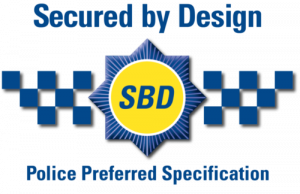
SBD’s product-based accreditation scheme – the Police Preferred Specification – provides a recognised physical security standard for all security products that can deter and reduce crime.
The principles of the accreditation scheme have been proven to reduce the risk of crime and the fear of crime.
Police Preferred Specification ensures that products have been independently tested to a relevant security standard and are fully certified by an independent third-party, United Kingdom Accreditation Service (UKAS) certification body.
The scheme also requires regular re-testing and annual inspection of the manufacturing facility to ensure quality and performance are maintained.
Secured by Design also works with the industry and test houses like BRE and LPCB to create high-level security standards, responding to trends in crime, and giving input on several key standards.
Loss Prevention Standard 1175 (LPS 1175)
The LPS 1175 standard is one of many physical security standards by the Loss Prevention Certification Board (LPCB).
LPCB is the physical security certification brand owned by BRE Global.
This particular standard focuses on the physical security of intruder resistant building components, which includes strong points, security enclosures, free-standing barriers, and any products that fall within those categories, such as doors, security shutters, fencing or even key safes.
As BRE puts it: An effective security strategy concentrates not only on one particular element but addresses each and every ‘layer’ applicable to the scenario.
This useful diagram from BRE shows the areas of asset protection that the LPS 1175 standard is relevant to and the measures that cover all other areas of asset protection.
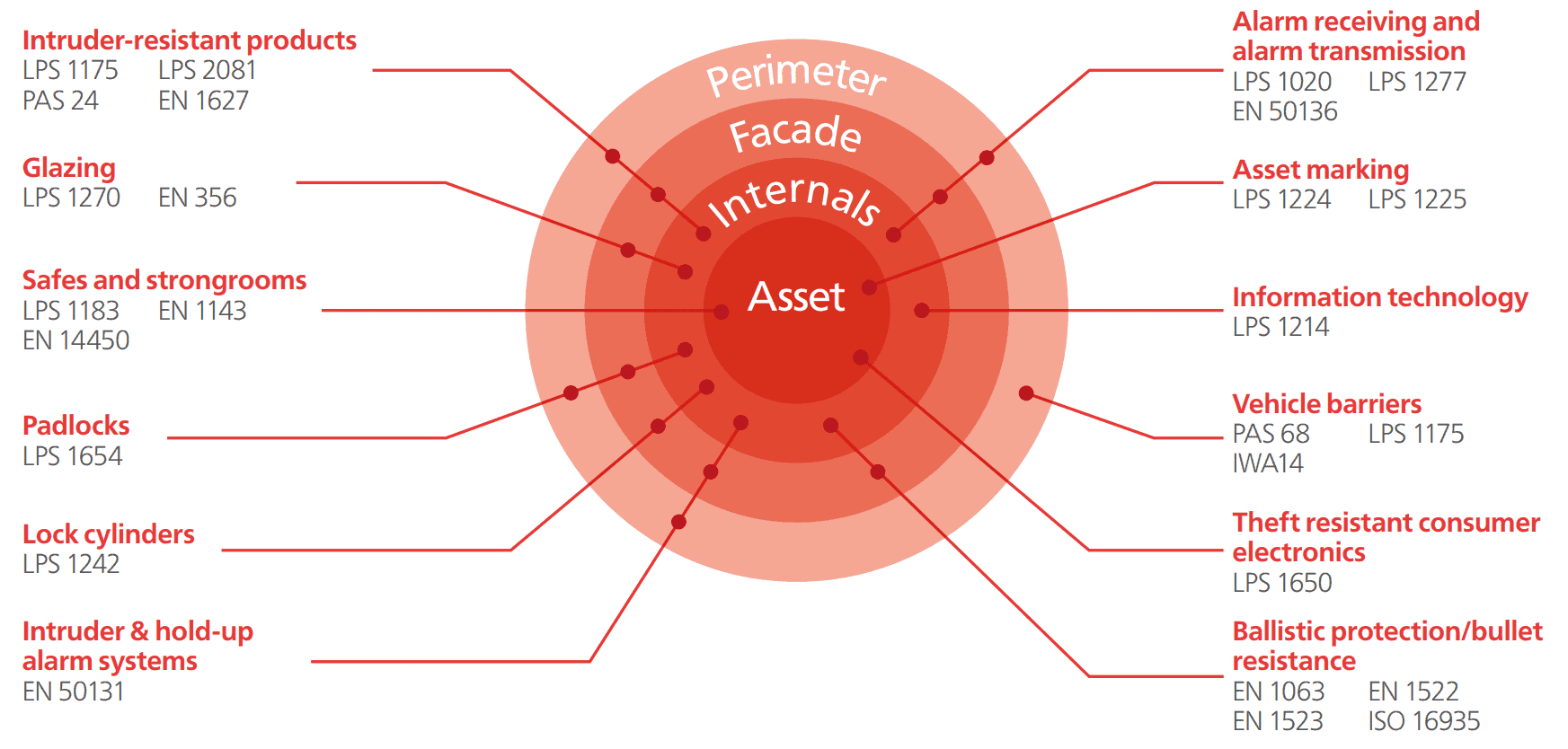
The LPS 1175 standard comprises a number of security ratings with test requirements of ascending intensity.
These are measured in terms of attack tools and time available to the attacker and enables specifiers to select products according to the risks that they and their property face.
LPS 1175 can be used in a range of applications, from residential right through to critical infrastructure projects.
LPS 1175 Issue 7 security ratings are a way of grading how effective a product is at delaying an attack.
These ratings are split into eight different levels.
Each one intended to represent a distinct threat scenario.
As each rating goes up, both toolkit and attack duration change.
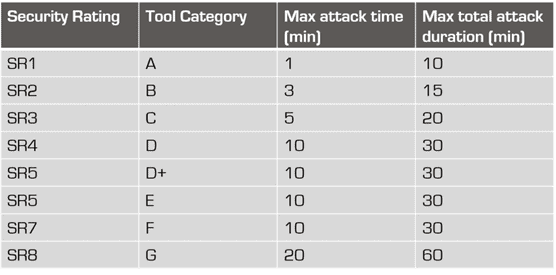
The basis for this is that if an attacker is likely to use more severe tools in an attack, then they’ll also be more committed to the attack, so more will spend longer trying to defeat the product before abandoning.
The performance ratings SR2 through to SR8 are the most relevant, specifically designed to imitate different risk scenarios.
LPCB approval ensures that security products provide a reliable delay and means of detection required to protect against intrusion.
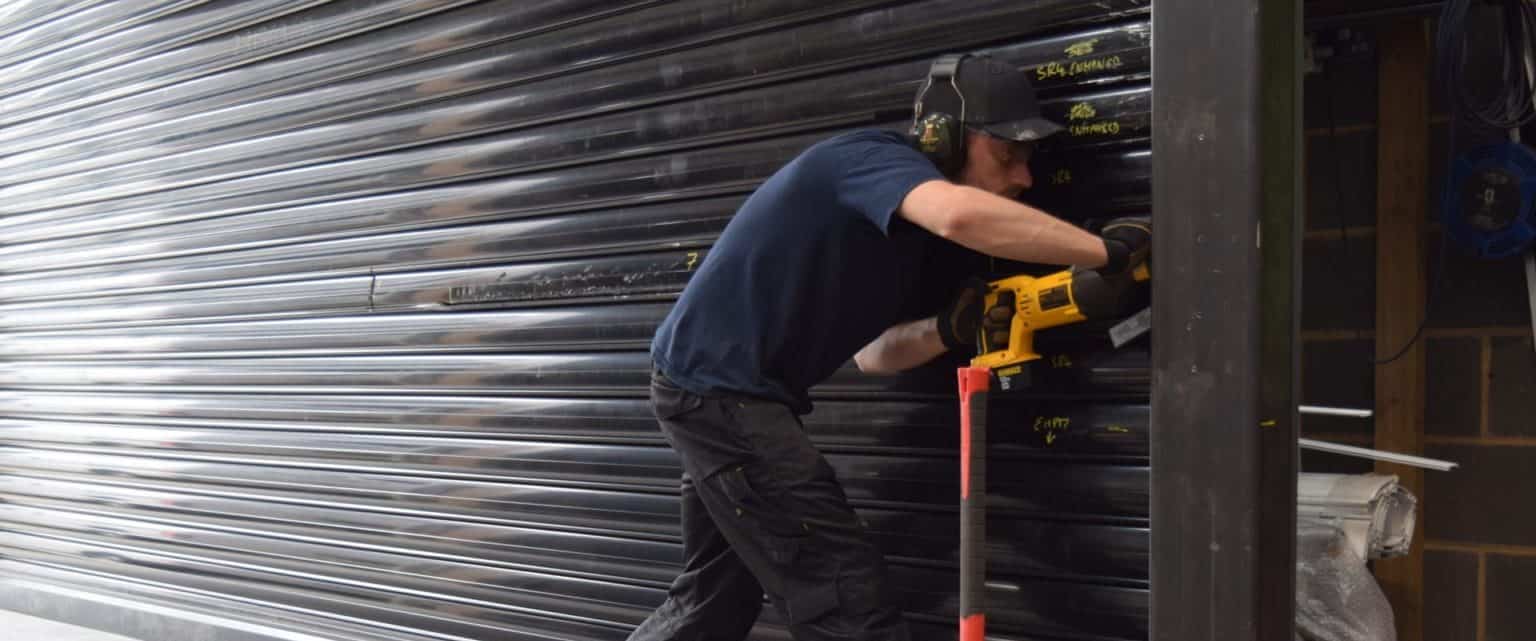
Every security product with physical security certification to LPS 1175 gets entered onto what is known as the RedBook Live.
LPCB own and control the website, so specifiers can be 100% certain that any product listed on there meets the criteria.
In order to retain certification, manufacturers must undergo ongoing auditing to ensure that they have thorough and effective quality control procedures in place in their manufacturing processes.
This is another factor that contributes to LPCB’s popularity with specifiers and architects – not only does the mark guarantee a security resistance, but it also guarantees an effective Quality Control process.
Explore our most comprehensive range of high-security LPS 1175 shutters here.
PAS 24
PAS 24:2016 is a Product Assessment Specification.
It details the test methods and acceptance criteria relevant to the enhanced security performance of door sets and windows intended to resist methods of attack associated with the opportunistic burglar.
The products that have been certified to this physical security standard intend to offer a level of security suitable for dwellings and other buildings exposed to comparable risks.
PAS 24, like most British Standards, is a minimum standard.
This means that there are no higher or lower grades for security, and so products that are tested to the specifications of the standard either pass or fail.
Once products have passed the certification tests, the factory and the manufacturing processes are also examined by a UKAS (United Kingdom Accreditation Service) accredited Certification Body.
In essence, this is the buyers guarantee that the production of the door they are purchasing is being monitored by a UKAS accredited certification body to ensure compliance with PAS 24.
EN 1627
Developed by the European Committee for Standardisation, EN 1627 represents the European Standard for the burglar-resistant classifications of domestic and commercial doorsets, windows, curtain walling, grilles and shutters.
EN 1627 is part of a series of European security standards (EN 1627 – EN 1630) that aim to implement an industry-standard, minimum level of enhanced security for doorsets and windows across the EU.

In the UK, the British Standard Institute (BSI) is in charge of implementing the standard.
There are 6 resistance classifications (RC) which comprise the EN 1627, that determine the level of burglar resistance offered by a security product.
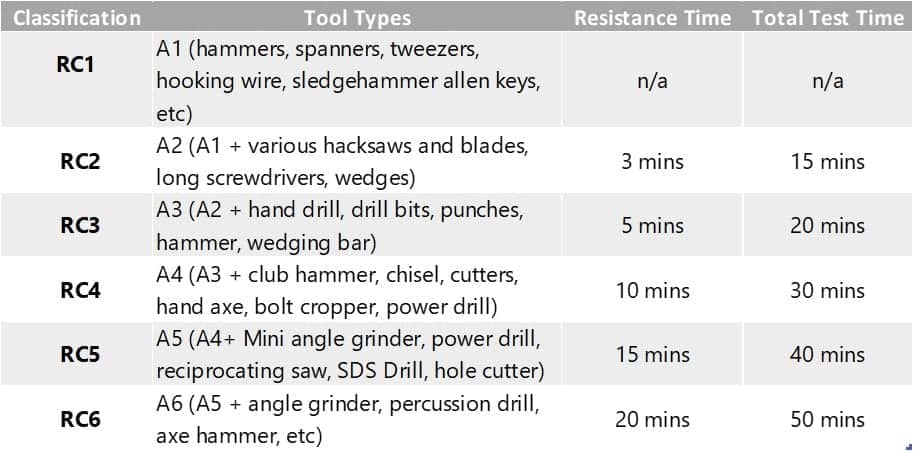
Classes RC1 – RC3 are primarily focused on the levels of attack associated with the casual or opportunistic intruder – he who would use stealth to avoid attracting attention and utilise hand-held tools or levers to facilitate forced entry.
Classes RC4 – RC6 are associated with the more experienced or professional intruder.
This includes intentional and well-planned attacks, with attempted forced entry by the use of larger and/or single operator power tools.
CONCLUSION
The correct specification of security products and systems is critical in protecting people and property from losses associated with crime and terrorism.
Charter Global understands the importance of high-security accredited solutions. Our team have successfully achieved several relevant security accreditations and continually strive for growth. As a leading provider of high-performance security products, we adhere to numerous safety schemes.
With a brilliant team of engineers, an architectural design department and a thriving R&D department, Charter Global have also successfully achieved security accreditations to a considerable number of independent security standards.
For more information on physical security standards or our products, you can contact us below:



